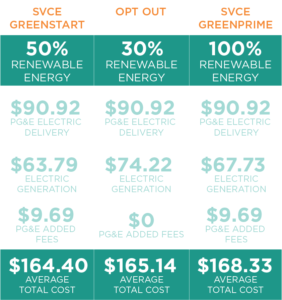In the primary, experience in the presentation of discount and retail rivalry has been blended. Numerous provincial business sectors have made little progress and the continuous pattern keeps on being towards liberation and the presentation of rivalry. In any case, in 2000/2001 significant disappointments, for instance, the California Pulse Power crisis and the Enron disappointment caused a log jam in the speed of progress and in specific regions an extension in market rules and a decline in competition. In any case, this pattern is generally viewed as a transitory one against the more extended term pattern towards additional open and serious business sectors. Despite the positive light in which market arrangements are seen adroitly, the “missing cash” issue needs to date demonstrated obstinately. Assuming that power costs were to move to the levels expected to boost new shipper (i.e., market-based) transmission and age, the expenses for shoppers would be politically troublesome.
Expenses for purchases

The expansion in yearly expenses for purchasers in New Britain alone was determined at $3 billion during the new FERC hearings on the NEPOOL market structure. A few systems that are expected to incent new speculation where it is generally required by offering improved limit installments (yet just in zones where age is projected to be short) have been proposed for NEPOOL, PJM, and NYPOOL, and go under the nonexclusive heading of “locational limit” or LICAP. There is significant uncertainty with respect to whether any of these components will as a matter of fact incent new speculation, given the administrative gamble and ongoing shakiness of the market rules in US frameworks, and there are significant worries that the outcome will rather be to expand incomes to occupant generators, and expenses for shoppers, in the obliged regions.
Limit Market
- In a liberated lattice some kind of motivators are essential for market members to fabricate and keep up with age and transmission assets that may some time or another be called upon to keep up with the network balance (supporting the “asset sufficiency”, or RA), yet more often than not these assets are sat and don’t create income from the offer of power.
- Since “energy-just business sectors can possibly bring about a harmony point for the market that isn’t steady with what clients and controllers need to see”, all current discount power markets depend on offer covers in some structure. These covers keep the providers from completely recuperating their interest into the hold limit through shortage estimating, making a missing cash issue for generators.
- To stay away from underinvestment in age and bandwidth, all markets utilize some sort of RA move. A common controller requires a retailer to buy a firm limit with respect to 110-120% of its yearly pinnacle power. The agreements are either two-sided (between the retailers and generator proprietors), or are exchanged on a brought-together limit market.
Recurrence Control Market
Inside numerous power markets, there are specific business sectors for the arrangement of recurrence control and subordinate administrations (FCAS). On the off chance that the power framework has supply (age) in the abundance of power interest, at any moment, then the recurrence will increment. Conversely, in the event that there is a deficient stock of power to satisfy the need whenever then the framework recurrence will fall. In the event that it falls excessively far, the power framework will become unsound. Recurrence control markets are notwithstanding, and separate from, the discount power pool market. These business sectors serve to boost the arrangement of recurrence raise administrations or recurrence lower administrations. Recurrence raise includes the fast arrangement of additional power age, so that market interest can be all the more firmly coordinated.

